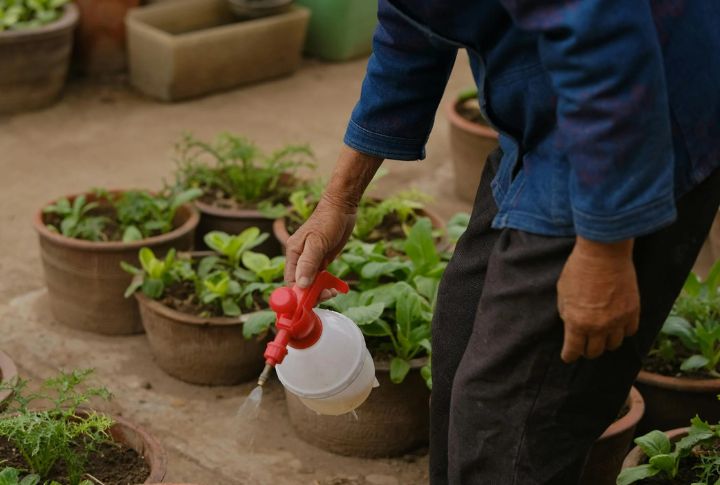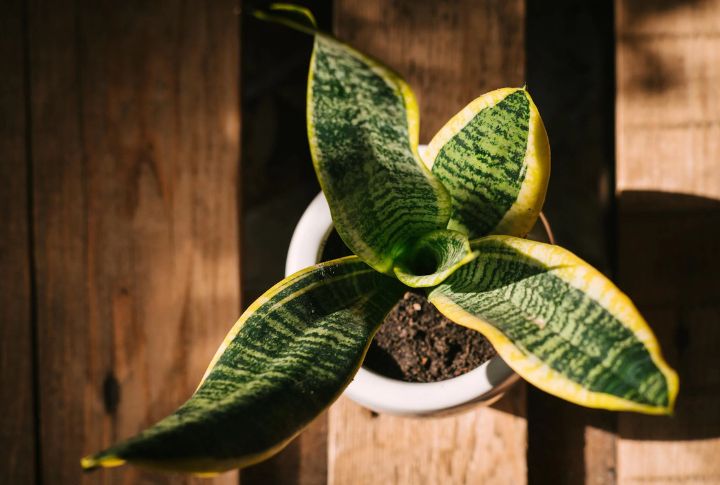
Like a desert survivor thriving on neglect, the snake plant defies the odds with its resilience. But even this hardy houseplant needs the right balance of hydration to flourish. Too much water and its roots rot; too little, and its leaves wither. How do you strike the perfect balance? Read on to find the most thoughtful watering strategies for a thriving snake plant.
Let The Soil Dry Completely

Snake plants prefer dry soil and don’t tolerate excess moisture. Before watering, test the top two inches with your finger—if it’s still damp, wait. Avoid overwatering, as it’s the most common cause of damage to plants.
Use Well-Draining Soil

A standard potting mix holds too much moisture, which can lead to rot. A cactus soil and perlite blend works best, ensuring excess water drains quickly. If the soil stays damp for days, it’s time to switch to a well-aerated mix.
Water Less In Winter

As temperatures drop, so does your plant’s thirst. In winter, snake plants enter dormancy, needing water only once every four to six weeks. Keep an eye on the leaves—wrinkling may signal dehydration, but it’s better to under-water than overdo it.
Choose The Right Pot

A poorly draining pot traps water, encouraging root rot. Opt for a terracotta or ceramic pot with drainage holes, which wick moisture away from the roots. Avoid decorative containers without proper drainage, as they hold excess water like a swamp.
Water At The Base, Not The Leaves

Pour water directly into the soil rather than onto the leaves. Snake plants store moisture in their thick foliage, and excess water on the surface can lead to mold or fungal issues. In short, keep the leaves dry for a healthier plant.
Adjust Watering Based On Light

Watering needs depend on lighting conditions. Plants in bright, indirect light dry out faster and need more water, while those in low light, such as a snake plant in a dim corner, take longer to dry. Constantly adjust your watering schedule based on light exposure.
Be Wary Of Tap Water

Chlorine and fluoride in tap water can gradually cause brown leaf tips. To minimize this, opt for filtered, distilled, or rainwater. If tap water is your only choice, let it sit overnight so the chemicals can dissipate before watering.
Avoid Frequent Small Waterings

Snake plants thrive when their roots get a thorough soak, but frequent small waterings can do more harm than good. Instead of a light splash, water deeply and let the soil dry fully before watering again. Also, always allow excess water to drain fully to prevent root rot.
Consider Humidity Levels

Snake plants thrive in average indoor humidity, but excessive moisture in the air can slow soil drying. If you live in a humid area, reduce watering frequency. Conversely, you should water slightly more often in dry climates.
Watch For Signs Of Trouble

Yellowing leaves signal overwater while drooping or wrinkled foliage suggests dehydration. Adjust your routine based on these cues rather than watering on a set schedule. Your snake plant will tell you what it needs—pay attention.

